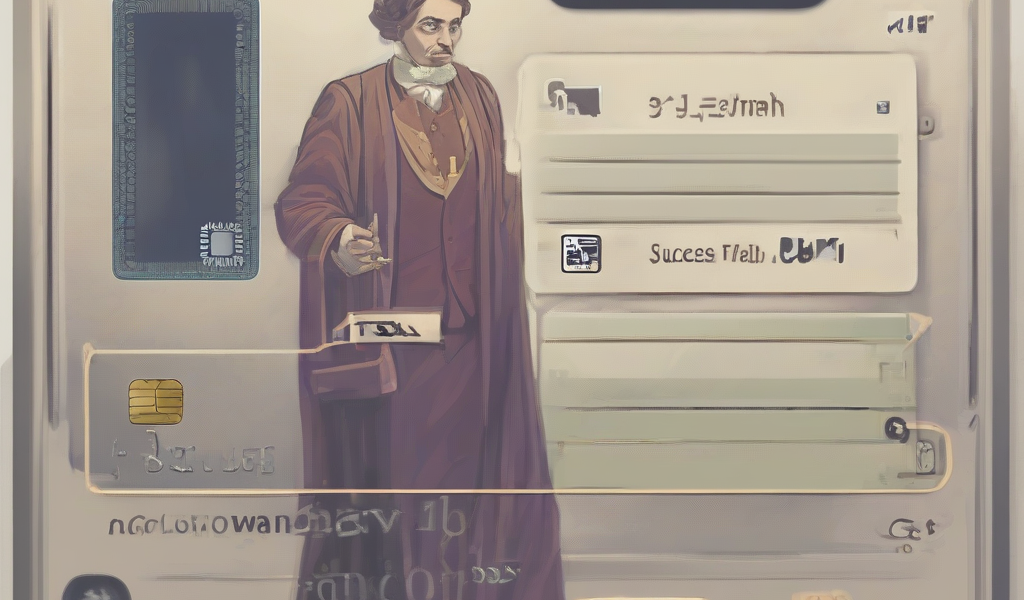Unlocking Financial Freedom: A Comprehensive Guide to No Balance Transfer Fee Credit Cards
High-interest credit card debt can feel like a relentless weight, hindering your financial progress. But what if there was a way to escape the cycle of accumulating interest charges? Enter the world of “no balance transfer fee credit cards,” offering a lifeline to consolidate debt and potentially save significant money. This comprehensive guide will delve into the intricacies of these cards, helping you navigate the options and make informed decisions.
Understanding Balance Transfer Fees
Before we explore the advantages of no balance transfer fee cards, it’s crucial to understand the typical process. A balance transfer involves moving your existing credit card debt to a new card. Most credit cards charge a balance transfer fee, usually a percentage of the transferred amount (e.g., 3-5%). This fee can significantly impact your savings, especially with large balances. No balance transfer fee cards, as their name suggests, eliminate this upfront cost, making them an attractive option for debt consolidation.
The Allure of No Balance Transfer Fee Credit Cards
The primary benefit is obvious: you avoid the upfront fee. This translates directly into more money in your pocket to allocate towards paying down your debt. The absence of this fee can make a substantial difference in your overall debt repayment strategy. Consider a $10,000 balance transfer; a 3% fee would cost you $300 immediately. A no-fee card saves you this upfront expense, accelerating your progress towards becoming debt-free.
Beyond the immediate cost savings, no balance transfer fee cards can offer other advantages:
- Lower interest rates: Many cards offering balance transfers advertise introductory APRs (Annual Percentage Rates) significantly lower than your existing card’s rate. This lower interest rate dramatically reduces the amount you pay in interest over time, potentially saving thousands of dollars.
- Simplified debt management: Consolidating multiple debts onto a single card simplifies the repayment process. You’ll only have one minimum payment and one statement to track, making budgeting and debt management far easier.
- Improved credit score (potentially): Successfully managing a balance transfer and consistently making on-time payments can positively impact your credit score over time. However, it’s important to note that opening new credit accounts can initially cause a slight dip.
Factors to Consider When Choosing a No Balance Transfer Fee Credit Card
While the absence of a transfer fee is a significant advantage, several other factors need careful consideration:
- Introductory APR: Pay close attention to the introductory APR period. This low interest rate is usually temporary, often lasting for 6 to 18 months. After the introductory period expires, the interest rate typically increases to a higher, standard rate. Plan your debt repayment strategy accordingly to minimize interest charges after the introductory period ends.
- Regular APR: The regular APR is the interest rate you’ll pay once the introductory period ends. Compare this rate to your current credit card’s rate and ensure it’s significantly lower. A higher regular APR could negate the benefits of the introductory period.
- Balance Transfer Limit: Understand the maximum amount you can transfer. Some cards have limits, so ensure the card can accommodate your entire debt balance.
- Annual Fee (if any): While many no balance transfer fee cards don’t charge an annual fee, some might. Factor this into your cost calculations.
- Credit Requirements: Your credit score and credit history significantly impact your eligibility for these cards. Check the issuer’s requirements before applying.
- Grace Period: The grace period is the time you have to pay your balance in full without incurring interest charges. A longer grace period gives you more flexibility in managing your repayments.
Strategies for Maximizing the Benefits of No Balance Transfer Fee Cards
To get the most out of a no balance transfer fee card, consider these strategies:
- Pay more than the minimum payment: The goal is to pay down your debt as quickly as possible, minimizing the total interest paid. Make extra payments whenever feasible to shorten the repayment period.
- Create a repayment plan: Develop a detailed budget and repayment plan to track your progress and stay organized. This ensures you meet your payment deadlines and avoid late fees.
- Avoid new debt accumulation: While consolidating existing debt, refrain from accumulating new debt on your new card. This defeats the purpose of the balance transfer and can lead to further debt accumulation.
- Monitor your credit report: Regularly check your credit report for accuracy and identify any potential issues.
- Compare multiple offers: Don’t settle for the first offer you find. Compare multiple cards with no balance transfer fees to secure the best interest rate and terms.
Potential Drawbacks and Considerations
While no balance transfer fee cards offer significant benefits, there are potential drawbacks:
- Interest rate increase after introductory period: As mentioned, the low introductory APR is temporary. Failing to pay off a substantial portion of your balance before the introductory period ends can result in a significant increase in interest charges.
- Credit score impact: Applying for multiple cards can temporarily lower your credit score. However, responsible management of the new card can offset this impact over time.
- Potential for overspending: Having access to a new credit line can tempt overspending. Maintain strict financial discipline to avoid accumulating more debt.
- Limited availability: Not all credit card issuers offer cards with no balance transfer fees. Finding the right card may require some research.
Conclusion (Omitted as per instructions)




